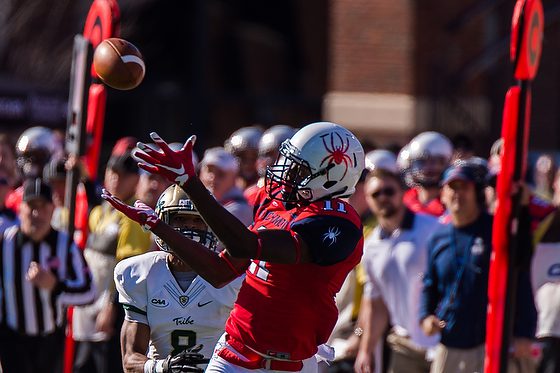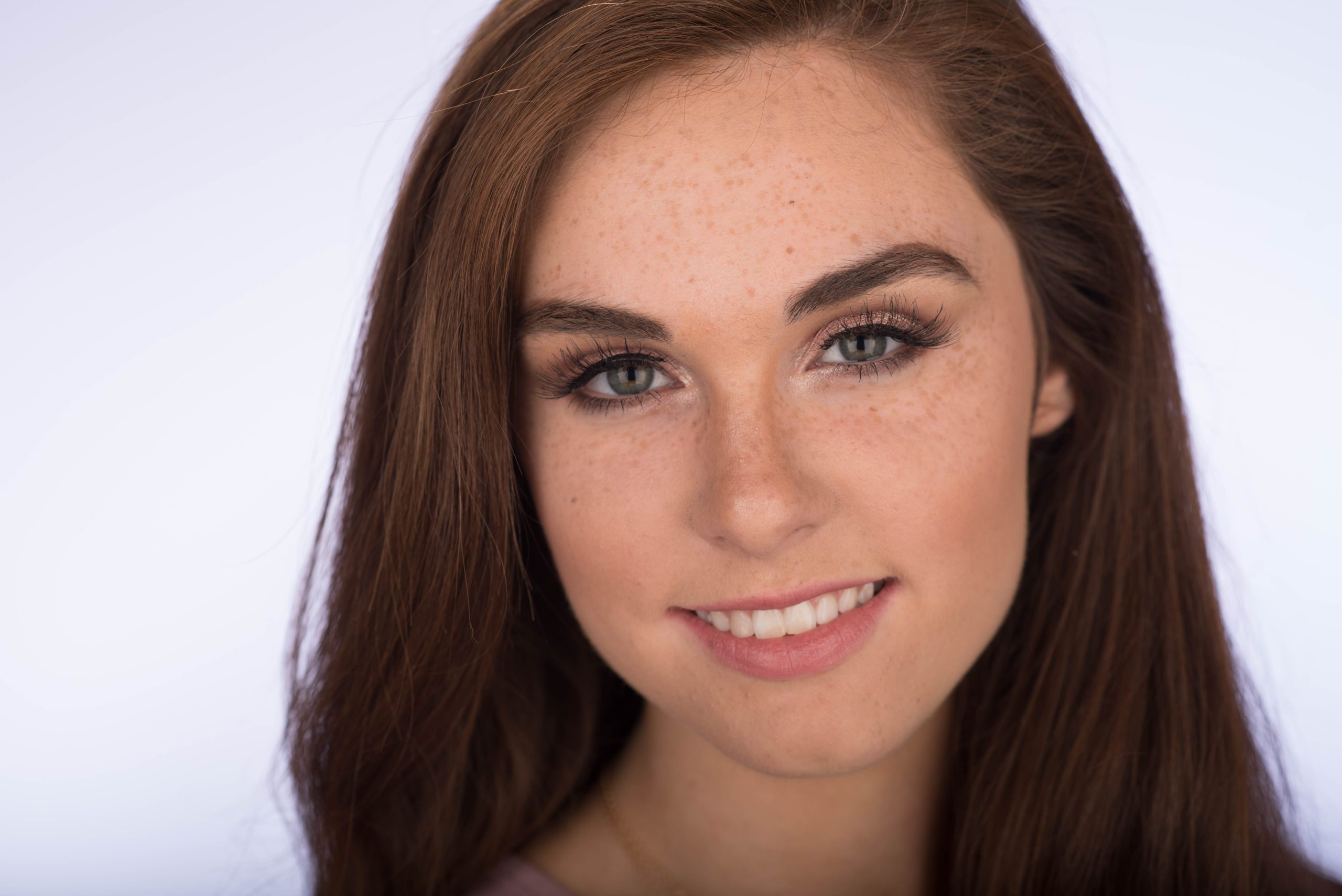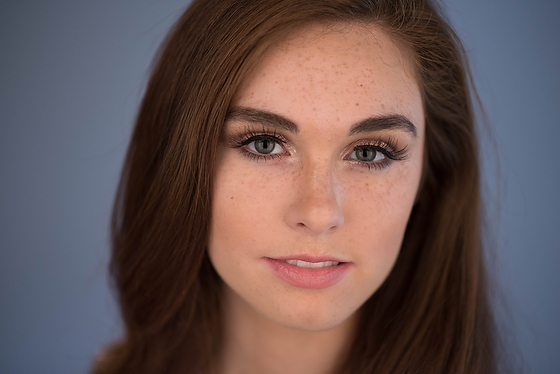| |
| Nikon D4, AF-S NIKKOR 28-300mm f/3.5-5.6G ED VR, ISO 400, ƒ/8, 1/100 |
We all love to have incredible experiences. I am an adrenaline junky with a compulsive desire for excitement and adventure. I can tell you early in my life; they said, “a bit of an adrenaline junkie, he appears to have no regard for his safety,” about how I lived life.
Numerous trips to the hospital as a young boy where I was getting stitched up regularly or having a cast put on a limb that I broke. I even broke my neck and had to wear a body cast.
Today, like many who have learned a lesson from being an adrenaline junky, I enjoy the adventure too. I love to travel, see different places, and encounter new cultures.
 |
| Nikon D4, AF-S NIKKOR 14-24mm f/2.8G ED, ISO 100, ƒ/7.1, 1/500, off-camera flash with Nikon SB-900 triggered with the Pocketwizard TT1, ACS, and TT5. |
If you have sufficient funds to do traveling, then enjoy yourself. I also try to give my children these experiences because it helps them navigate this world much better than without those experiences.
Asking me to fund your experiences
I continue to come across many people who think they are doing something for a good cause, and in reality, it is a disguise for just them having someone else pay for “THEIR EXPERIENCE.”
Don’t be that person.
 |
| Nikon D4, AF-S NIKKOR 28-300mm f/3.5-5.6G ED VR, ISO 900, ƒ/14, 1/250 |
Too many are that person that is doing missions and nonprofit work. I think we need a TV Show like Shark Tank but for those wanting funding for their nonprofit. This process would help educate how many people are coming up with lame ideas.
What is very popular these days is for people to put up requests for money through things like gofundme.com. Some excellent ideas do need funding, and I am not slamming everyone asking for money.
Even others have written about how lame this is for many photo projects. Here is one blog post on it.
Point us to Why?
The key to having something that others will fully fund and something that will not is most likely to do with the purpose of the funding. Too many people are asking us to support them in shooting and having fun. People who are looking for a vacation should never give these projects money.
Which of these two statements for a GoFundMe project would you support?
- Help us wipe out poverty in North Georgia
- Please help us with the film where we are raising awareness of poverty in North Georgia
You’re why is stating the problem you are helping to solve.
Tell us your solution
The next important thing missing in many GoFundMe projects is the action plan for the audience. For storytellers using their skills to help inform people about a problem and then pointing them to the solution most of the time you will tell them to an organization. This storytelling will help them see how for example, a food program for school-age children during the summer when they no longer have access to the free breakfast or lunches they have in school can make a difference in their health and help them get out of poverty.
A vetted solution
As a storyteller, using your skills to help point the audience to how they can get involved, you must be done your homework and suggest a viable solution. Too many are having people give directly to the people who do not have the skills to take that money and make wise choices. You might as well hand the guy on the corner begging a $20 bill and let them go and buy alcohol or drugs.
They are given to an organization with a good track record and report its budget as required by all 501 c 3 organizations. For example, it lets people know how these organizations handle those resources.
One of the more successful programs that I have watched a few of my humanitarian friend photographers shoot for and help tell their story is Toms. Buy a pair of shoes for yourself, and you buy a pair for a kid in a country that needs them. Buy a pair of sunglasses for yourself and give a pair of glasses to someone worldwide in need—the simple tagline for what they do: One for One.
Check out Toms and study how they promote their idea and get people involved. They use a lot of videos and photography to tell their story.
Notice how they have it in their menu how your purchases are helping and give you more ways to participate. They started with just shoes and now have expanded. The reason is simple; their concept was brilliant for nonprofits.
By buying their products with their logo prominently displayed, you showed you were supporting their cause and created more people finding out about them.
WORST CHARITIES
There are watchdog groups that monitor those who raise funds for a charity. The bottom line is that people say they are raising those funds for needs to primarily fund that since you are saying this is what you are doing. Take a look at these charities that are rated the worst charities.
* Watchdog groups say no more than 35 percent of donations should go to fundraising costs. However, there is no standard for how much should be spent on direct cash aid.
Fundraising costs are things like photography, multimedia, and video projects.
The END GAME
Don’t ask me to fund a process without you explaining the END GAME. The END GAME is the final stage of an extended process or course of events. For example, if you are a humanitarian photographer, you help tell stories, and in so doing, you help solve a problem by getting the audience involved.
If you cannot help me understand how your storytelling will help the people in the story, then GO FUND YOURSELF!










































































